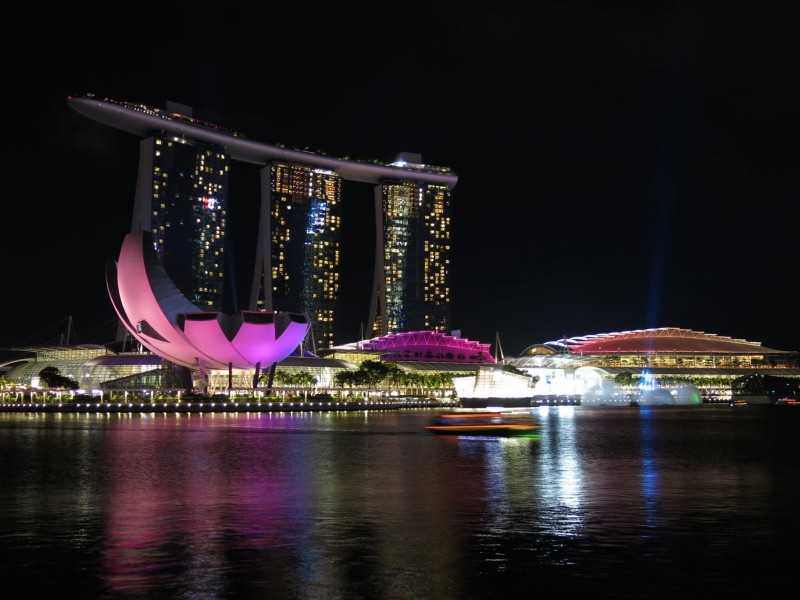What were the Crazy Rich Asians doing? A breakdown of the Singaporean cultural aspects you saw in the movie
The movie swept box offices around the globe with the crazy drama and antics of rich Chinese families living in Singapore.
Of course, it was also lauded for delivering Asian representation in Hollywood, and factoring into its most well-deserved praise has to do with the cultural accuracy put together by the film’s creative team.
In this blog, we break down a number of cultural elements you might have remembered from specific scenes in the movie, so spoilers ahead!
Eating satays at the hawker center
After the long flight from New York to Singapore, the couple is immediately whisked off to a hawker center for food. They are large and open-aired eating places that can be found everywhere on the island and sell food from the four main ethnicities in Singapore — Chinese, Malay, Indian and Western — in a single location. The characters bring many kinds of food to the table, among which were satays, meat kebabs that Nick feeds Rachel with.
Satay is barbecued chicken, beef, pork and lamb meat. The origin of the term is contested but thought to be either Malaysian or Indonesian. In Singapore, the Malay satay is the most common variety the locals get to eat, and is often eaten with spicy peanut sauce alongside and compressed rice.
Peik Lin’s family speaking Singlish
In sharp contrast to Nick’s family is Peik Lin’s family, who, while also rich, aren’t quite in the same league as the Young’s. The two families are contrasted not just in their displays of wealth, the Goh’s are also shown to be more comfortable and even down to Earth — relatively speaking — by the use of Singlish in their household, as opposed to the British or American-accented English spoken by the other cast.
Referring to the colloquial variety of English spoken by most Singaporeans, a creole mixed with Hokkien, Cantonese and Teochew dialects in addition to Malay and Tamil. Sounds like “lah” and “liao” are often added to the ends of sentences that don’t possess any of the grammatical rules found in Standard English. Singlish is no stranger to criticisms of being broken or improper, but its status as a hallmark of Singaporean culture has solidified over the years.
The Young’s Peranakan-style house
“Peranakan” is Malay term meaning “local-born”, most commonly referring to a group of ethnic Chinese people of South-east Asia, with a culture that is a unique mix of British and Malay on top of Chinese. The first generations of this people spoke Malay and English as opposed to Chinese.
In the movie, the Young family possess Peranakan heritage and it’s reflected in the architectural design of their home as well as Eleanor Young’s elegant outfits. The style is a fusion of East and West, as can be seen in the floral ornament designs and mother-of-pearl furniture decorating the Young family home set piece.
Rachel challenging Eleanor to mah-jong
In the final act, Rachel calls Eleanor out over a game involving four players sitting on a square table shuffling rectangular green-backed tiles around.
That game is now known mah-jong, or 麻将 in Chinese, though originally it was called “麻雀” (ma-que) for sparrow. A staple in many Singapore-Chinese households, the rules are complex, but simply put, one wins by obtaining the right tiles to complete a patterned set of 14. In the movie, Eleanor wins by picking up a tile that Rachel had discarded, the twist being that Rachel had deliberately given up on her own winning hand in order to allow Eleanor a victory — a metaphor for the way she sacrificed her own happiness with Nick in order to please Eleanor.
Interested to learn more about the culture that formed the backdrop of this movie? Our Mandarin course list is waiting for you!
